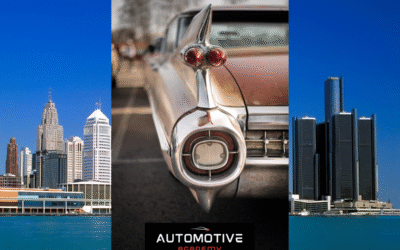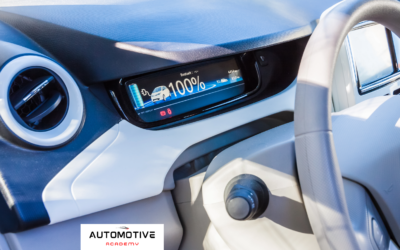The IATF 16949 certification is the evolution of the previous ISO/TS 16969 certification that was superseded in 2016 and which in turn represented the standardisation of old standards such as the American QS 9000, the Italian AVSQ 94, the German VDA and other minor ones.
Today, when it comes to quality management system certification for the design, production and service of automotive components, including the aftermarket, IATF 16949 is the only internationally recognised certification. It is now the essential calling card for being considered by leading manufacturers of cars, trucks and even motorbikes.
The route to IATF 16949 certification
But what is the route to obtaining this certification? Starting from the fact that you already have an ISO 9001 certification (the requirements of which are the basis for the IATF 16949 certification), you must bear in mind that the IATF standard is more complex and involves a fair amount of effort that can take 10-12 months, or even longer, before you reach an initial certification milestone. Like ISO 9001 certification, the IATF 16949 once obtained then requires annual surveillance visits by the third party. The IATF standard has a large number of requirements, but in this article we would like to summarise the most significant points of the work ahead, referring you to our more structured article on all IATF requirements extracted from one of our Automotive Academy courses.
The main IATF 16949 requirements
- Product safety. The IATF standard places great emphasis not only on product conformity with customer requirements, but on all aspects of product safety. This must be demonstrated by taking into account all product regulations and directives, customer requirements, identification of safety features in disks and other documents, FMEA analysis, control plans and reaction plans when products are found to be non-compliant, etc.
- Corporate Social Responsibility. A code of conduct is expressly required to take anti-corruption policies into account as a minimum
- Drawing up contingency plans as part of actions to address risks
- Introducing a process of Measurement System Analysisanalysing the variation in the different controls carried out with measuring instruments
- Possible in-house laboratories measuring and testing that are subject to requirements similar to those of ISO/IEC 17025 (e.g. use of reference standards for testing, competent personnel, controlled room temperature and environmental conditions, etc.).
- Use of methodology APQP or VDA-RGA for so-called advanced product quality planning. In fact, stage and gate project management techniques for a very detailed identification of all activities during the conception, design and product/process development and validation phases
- Use of methodology FMEA both product design (DFMEA) and process design (PFMEA)
- Reference to advanced design management techniques such as Design For Six Sigma (DFSS), the Design For Assembly and Manufacturing (DFMA)
- Approval of the introduction of new or modified products through PPAP
- A selection of suppliers based on a kind of due diligence with selection of suppliers at least certified ISO 9001
- The issue of control plan specific product code highlighting special features, reaction plans when the product is found to be non-compliant, etc. the control plans should also cover prototype and pre-series
- The use of the standard work in visual mode (which we already know very well through the 5S of Lean)
- The introduction of the Total Productive Maintenance (also from the Lean world)
- Operate through closer production scheduling systems Pull pulled from customer orders by introducing the Just-In-Time
- Control of visual characteristics
- Control of suspected non-compliant products and those repaired
- Identification of statistical tools to be used in the process (SPC)
- Audit either of system, process e product
- Use of problem solving
- Use of fail-safe systems (e.g. poka-yoke)
The processes of APQP, PPAP, FMEA, SPC, MSA and others are further dealt with in guidelines issued by the AIAG and the VDA.
Of course, there are many more IATF 16949 requirements than ISO 9001. These presented are the ones we consider most significant. The video above goes into detail about the structure of the IATF standard.
Ask our Automotive Academy experts, IATF-qualified, a gap-analysis to understand how far your company is from achieving IATF 16949 certification





0 Comments